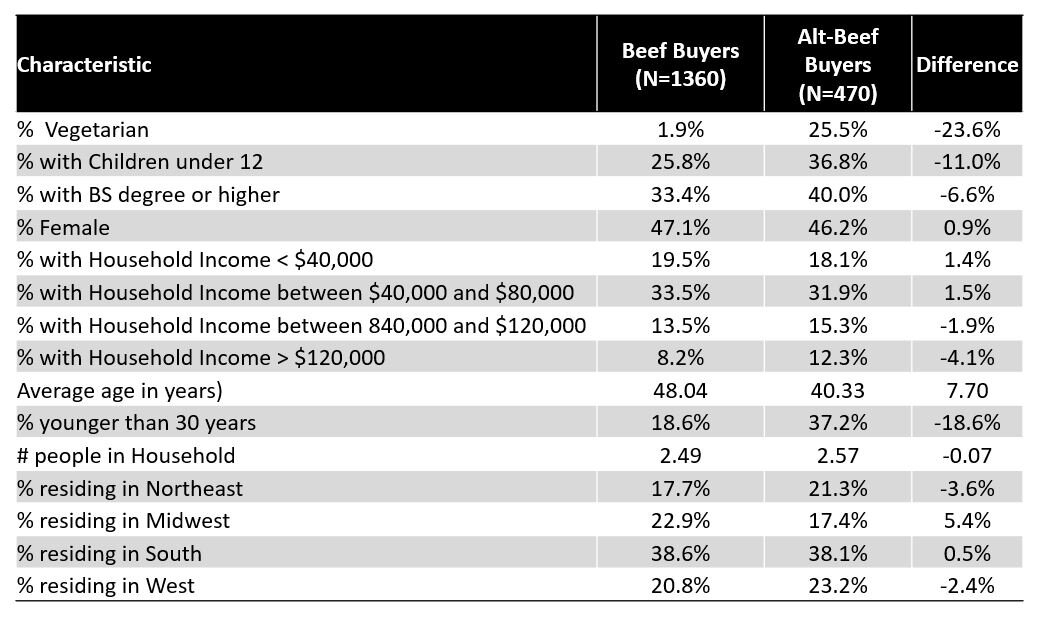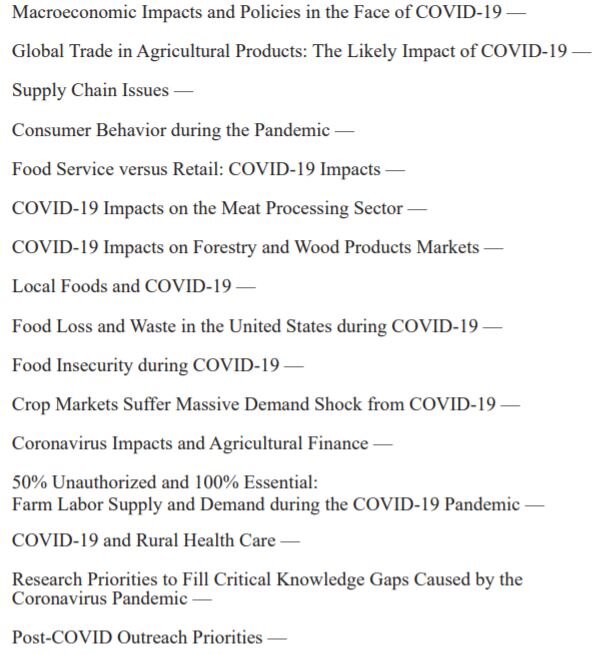We’ve fortunately worked our way through the worst of the COVID-19 related packing plant shutdowns that caused massive disruptions in beef and pork sectors, and packing plants are now operating at levels on par with last year.
One of the features of the beef and pork packing sectors that has served as a focal point is the concentrated nature of production, with a relatively small number of plants accounting for a large share of total industry output. Many people have begun to advocate for a less concentrated packing sector under the premise that this market structure would be less prone to the sorts of disruptions we witnessed during the pandemic (see my previous discussion on the matter here).
Ultimately this is an empirical question amenable to analysis, provided one is willing to make some assumptions. To explore this question a bit, I set up a hypothetical simulation that allows us to investigate how total output in an industry varies with the number of packing plants, each of which faces a known probability of closure.
I consider a case in which maximum total output for the entire industry is 100,000 units, but consider different “worlds” where there are a different number of packing plants responsible for producing this total. In one “world” that is highly concentrated, there are a mere 5 plants, and each plant is the same size, implying each plant produces 100,000/5= 20,000 “units” when operating. If a plant is open, it produces 20,000 units, but if it gets a bad luck of the draw, it closes and produces 0. By contrast, another “world” is highly diffuse and there are 100 plants, and each plant is the same size, implying the each plant produces 100,000/100 = 1,000 units when operating. In this world, if a plant is open, it produces 1,000 units, but if it gets a bad luck of the draw, it closes and produces 0. I explore expected outcomes where each plant in each world faces an independent probability of closure.
First, let’s consider a case where the likelihood of any individual plant closing is 0.1 (i.e., 10% of the time a given plant will close). The figure below shows the likelihood that total industry output falls below a given level of production for different “worlds” with different levels of concentration. So, for example, in the highly concentrated world (5 plants producing all the output), there is only a 42% chance that total industry output falls below the a maximum capacity of 100,000. By contrast, in the highly diffuse world (100 plants producing all the output), there is 100% chance that total industry output falls below the maximum. Why? Because with so many plants, there is a very high chance at least one of them goes down.
For a given level of output, a world that has a smaller probability of falling below the output level is “better” in the sense that it ensures greater production for both consumers and producers. So, while the most concentrated world is “best” at ensuring the highest level of output, it is also the case that more diffuse worlds are better at ensuring output doesn’t fall below very low levels.
So, for example, in the figure below, the most concentrated world (5 plants) has a roughly 8% chance of falling below 70,000 units of production, where the most diffuse world (100 plants) has a 0% chance of falling below 70,000 units of production. The intuition is that in a world with 100 plants, and each plant only faces a 10% chance of closure, it is practically certain enough plants will remain open to produced at least 70,000 units.
How do these results hold up if the probability of a plant closure changes? The three figures below consider that question for closure probabilities of 0.2, 0.3, and 0.5.
What does the pattern of results reveal?
First, the obvious. As the probability of plant closure increases, there is a greater likelihood of falling below a given level of total industry output for any particular level of industry concentration.
Generally, concentrated “worlds” are better at ensuring high levels of output while less concentrated “worlds” are better at ensuring output doesn’t fall below “low” levels.
Still, the differences in probability of ensuring a “minimum threshold” of output are not particularly large across different levels of concentration.
As the probability of plant closure increases, it is more likely that a more concentrated “world” is preferable to a more diffuse “world” insofar as ensuring a given level of total industry output.
The results of this exercise confirm most people’s basic intuition that a more diffuse packing sector would be less prone to the worst possible outcomes than a more concentrated sector. However, the results also reveal some important nuance. Namely “how much” less prone to the worst outcomes is a more diffuse sector? The figures above suggest “not much” as there are not big differences in the lines at the far left-hand corner of the charts unless plants face a really high chance of closure (e.g., a 50% chance). The figures also reveal a less intuitive result - namely that when facing a given probability of closure, a more concentrated sector has a higher likelihood of hitting high levels of industry output. Thus, we have a trade-off between the likelihoods of producing the maximum vs. preventing the worst possible outcomes.











